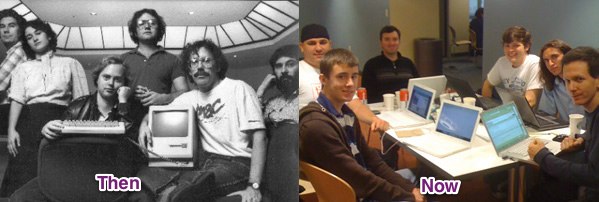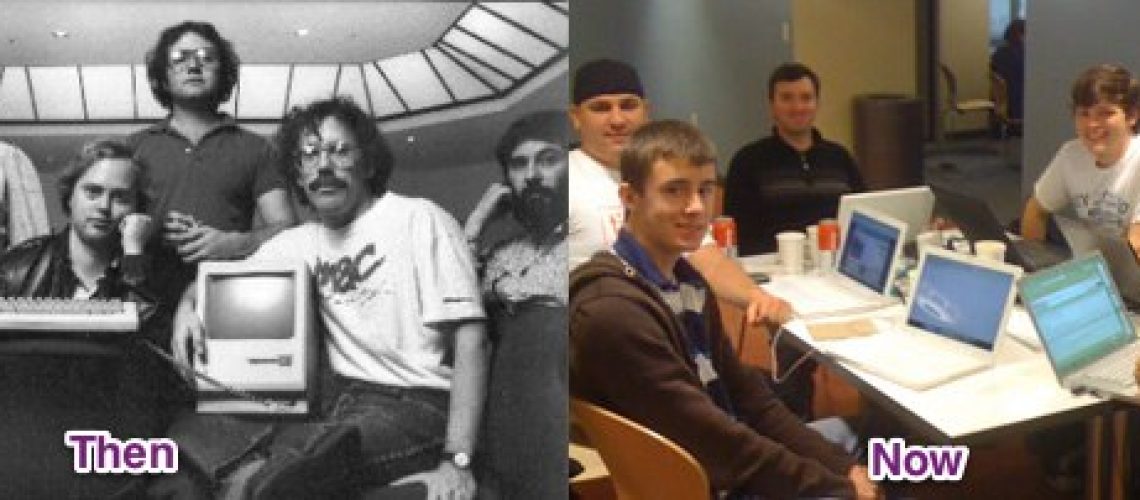- 20 something tech boys (white / asian / indian)
- Ping pong table
- Apple laptops (apart from the net ops folks on unix)
- Females in Marketing / PR or Customer Service (sorry, ladies, but it is mostly true)
Does this sound like your startup?
If so, then you aren’t alone. This is the cookie cutter of the quintessential Silicon Valley startup. Just take a look at any Techcrunch Cribs and you will see just how un-unique your startup is.

You may be asking yourself, so what? I love the people I work with and we are all friends. We are so similar that we can complete each others sentences.
The so what is that the lack of diversity in the startup scene can be worrisome. I wish that I could say that things are getting better in the Valley, but I still run into a majority of startups that have trouble seeing beyond their Apple fanboy mentality and hiring outside of their comfort zone of drones.
Diversity can mean a number of things. I am not only talking about hiring females or minorities. Diversity can be people who are older than 30. People who have children. People who use Windows (gasp!). People who are leaders / followers and everything in between.
A majority of the world doesn’t live in the bubble of Silicon Valley. And that world is your customer. Being able to expand your startup beyond this Valley is one of the greatest and most challenging things that one can do. But it has to start from within at the core of your company culture. This doesn’t mean a bullet point on your jobs page that promotes diversity, but taking a good hard look around your company and asking yourself if you really practice what you preach. Be honest. If everyone on your engineering team has a sudo beard and all your designers wear black frames and lumberjack shirts then you are probably not that diverse.
The benefits of having a diverse team are countless. Part of your goal in building a company should be to help your team grow and expand their working knowledge. People need to learn how to manage upward, manage downward and work with different personalities and cultures. Teams need not be afraid to be challenged. People should not be scared of a little productive conflict and differing opinions. If everyone is a mirror image of each other will you really get the best outcome? Wouldn’t you rather be confronted to do your best and create the best by gathering input from a variety of opinions and sources?
By expanding beyond comfort zones of the boys clubs and ping pong sessions there are lots of valuable lessons that can be learned that will only prove to strengthen your team. Make sure to be honest with yourself about where you really stand on the issue of diversity and be open to really “thinking different”.
(*No startup feelings were harmed in the writing of this post)

